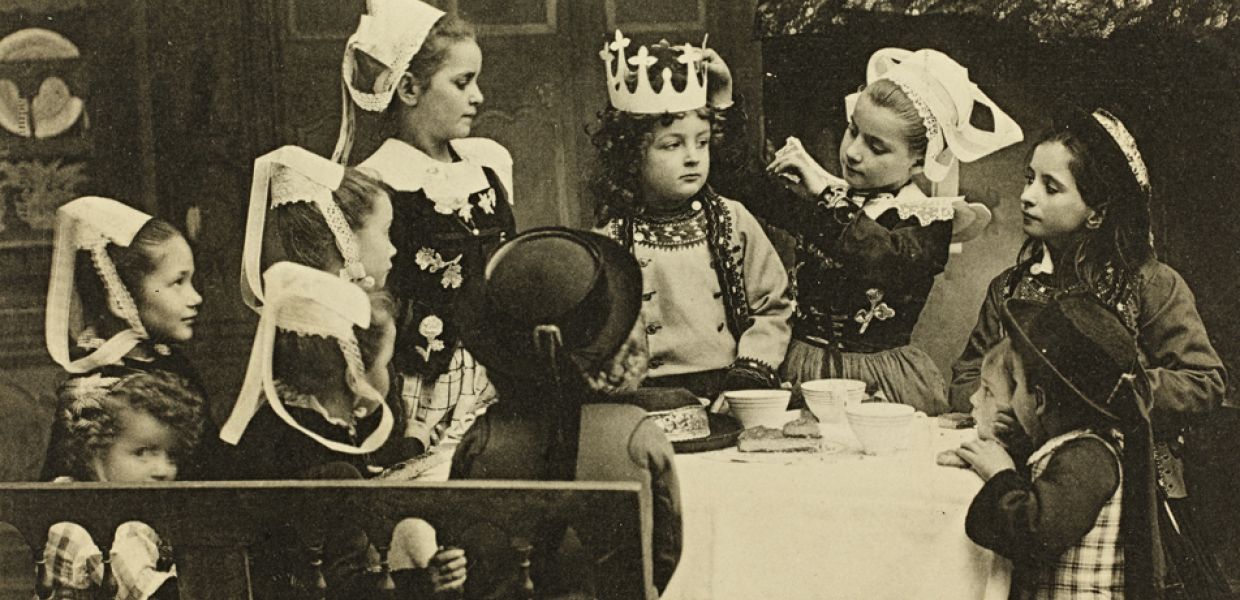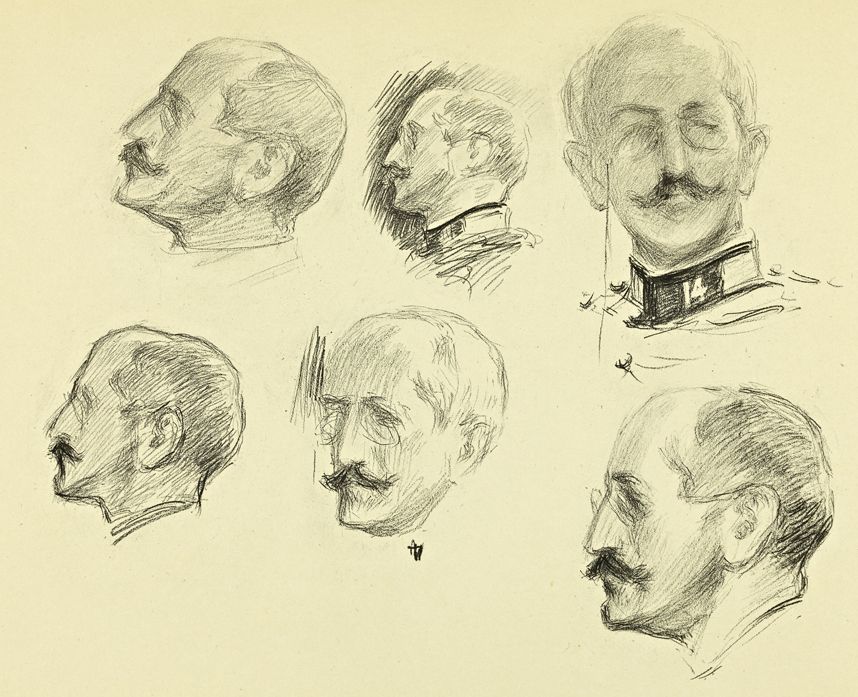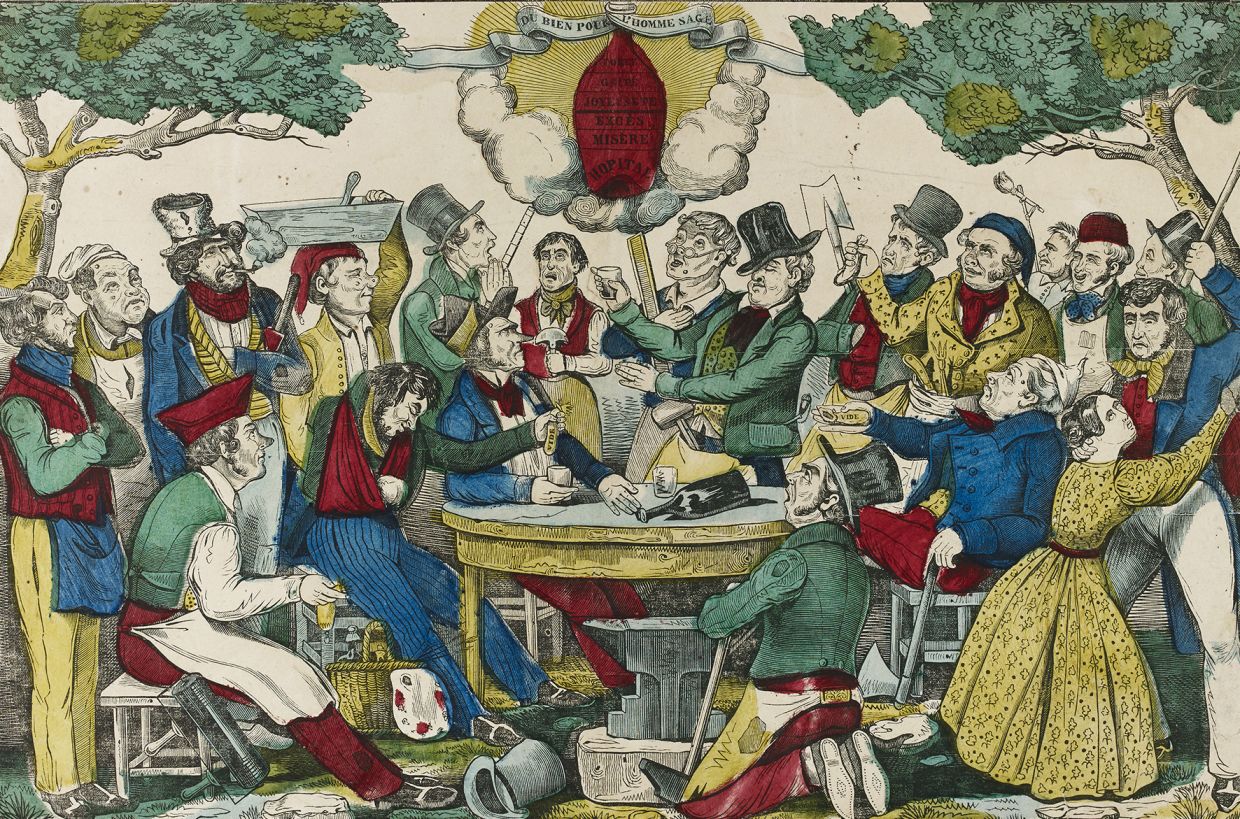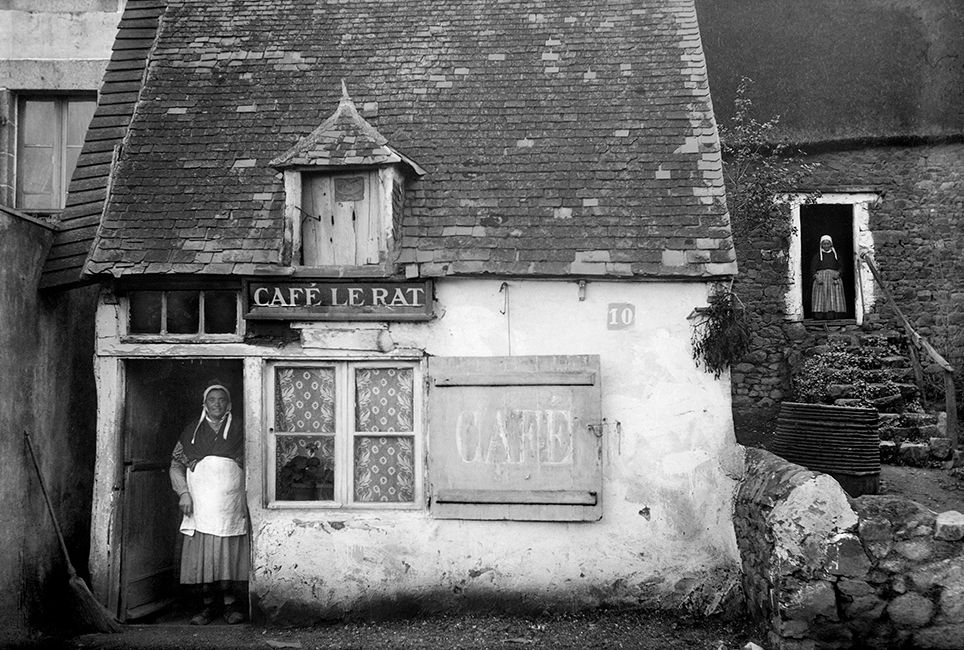What has been the impact of open access for the museum, and who does it benefit? Has anything surprised you?
There are several benefits. Firstly, open access brings greater visibility to the museum. It gives the Musée de Bretagne a positive and innovative image in the French culture sector. It also generates new knowledge about the museum’s collections, thanks to feedback from online visitors.
A "win-win" relationship is established between online visitors and the museum team. A variety of people benefit from open access, from video artists using the collections in their work, to the Wikimedia community that gives our collections greater visibility. Publishers often send us books in which the museum’s images have been used, without us having asked them to – a nice surprise!
How do you measure the impact of open access?
One impact has been the number of enquiries we receive from colleagues in other institutions, who are keen to learn from our approach and our policy. We receive many requests to speak at professional conferences and events, and a number of articles have appeared in the press.
Traffic growth on our collections portal also tells us that users have taken notice. They’ve become self-sufficient in their research to the point where the museum rarely receives research requests – so the time spent on this previously can now be allocated more usefully.
What advice would you give to other museums considering open access?
Diligent copyright and legal assessment of the collections is crucial to understanding risks and to inform licensing, rights holders and contracts. This takes time so it should be undertaken well in advance of the planned launch date. For our museum today, this process is far from complete and further releases of open data depend on the continuation of this work.




